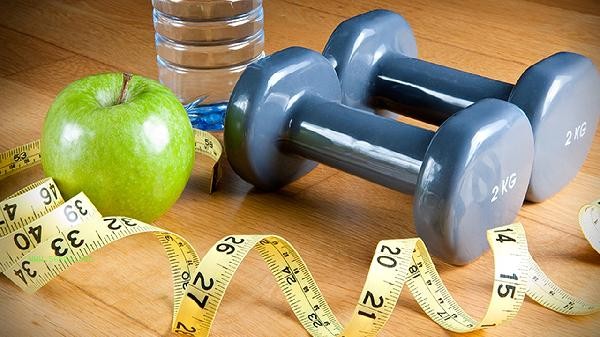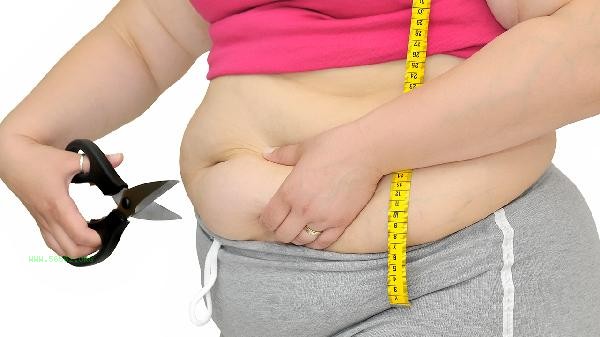The recommended fastest and most effective exercises for weight loss in winter include skipping rope, climbing stairs, swimming, high-intensity interval training, and strength training. Winter temperatures are low, and the body's basal metabolic rate slightly increases. Combined with appropriate exercise, it can accelerate fat burning, but attention should be paid to warmth and exercise safety.

1. Jump Rope
Jump rope is an efficient fat burning exercise in winter. Skipping rope for 10 minutes consumes about 100 calories, which is equivalent to jogging for half an hour. Skipping rope can exercise all muscle groups in the body, especially stimulating the lower limbs and core muscle groups. It is recommended to choose indoor skipping rope to avoid slippery ground. Beginners can start with 1 minute per group and gradually increase the duration. Before and after skipping rope, it is necessary to fully warm up and stretch to avoid ankle joint injuries.
2. Climbing stairs
Climbing stairs in winter is a convenient aerobic exercise that can burn 500-700 calories per hour. When climbing stairs, keeping your body slightly forward and landing on the ground with your entire foot can effectively exercise your hip and leg muscles. It is recommended to choose a well ventilated stairwell and wear non slip sports shoes. Individuals with a larger weight base should control the height of a single climb to avoid excessive pressure on their knee joints.
3. Swimming
Indoor swimming in winter is a low impact full body exercise, with breaststroke consuming approximately 600 calories per hour. Water temperature stimulation can cause the human body to consume more energy to maintain body temperature, but it is important to keep warm before and after swimming. It is recommended to choose a temperature controlled swimming pool and engage in sufficient joint activity before swimming. hypertensive patients should avoid sudden exposure to cold water.

4. High intensity interval training
HIIT is suitable for short-term and efficient fat burning in winter, and a 20 minute training can produce a sustained fat burning effect. Typical movements include opening and closing jumps, Poppy jumps, high leg lifts, etc. Each group of movements lasts for 30 seconds before resting for 20 seconds. Pay attention to monitoring heart rate during training, and patients with cardiovascular disease should choose carefully. Indoor training requires maintaining air circulation to avoid hypoxia.
5. Strength Training
Winter strength training can increase muscle mass and improve basal metabolic rate. Recommend composite exercises such as squats, hard pulls, and push ups, 2-3 times a week for 30-45 minutes each time. Pay attention to gradual progress during training, and heavy weight training requires someone to protect it. Timely supplement protein after training to help with muscle repair.

Winter exercise for weight loss requires sufficient warm-up before and after exercise to avoid direct stimulation of the respiratory tract by cold air. Choose sweat wicking and warm materials for sportswear, and use a layered dressing method. Avoid outdoor exercise during low temperature periods in the morning and evening, and switch to indoor exercise during hazy weather. Change dry clothes and replenish warm water in a timely manner after exercise. Increase the intake of high-quality protein and dietary fiber appropriately in diet, and control high sugar and high-fat foods. Maintaining a regular schedule and ensuring sufficient sleep can help improve weight loss effectiveness. It is recommended to exercise 3-5 times a week, alternating between multiple exercise modes to avoid plateau periods.






Comments (0)
Leave a Comment
No comments yet
Be the first to share your thoughts!